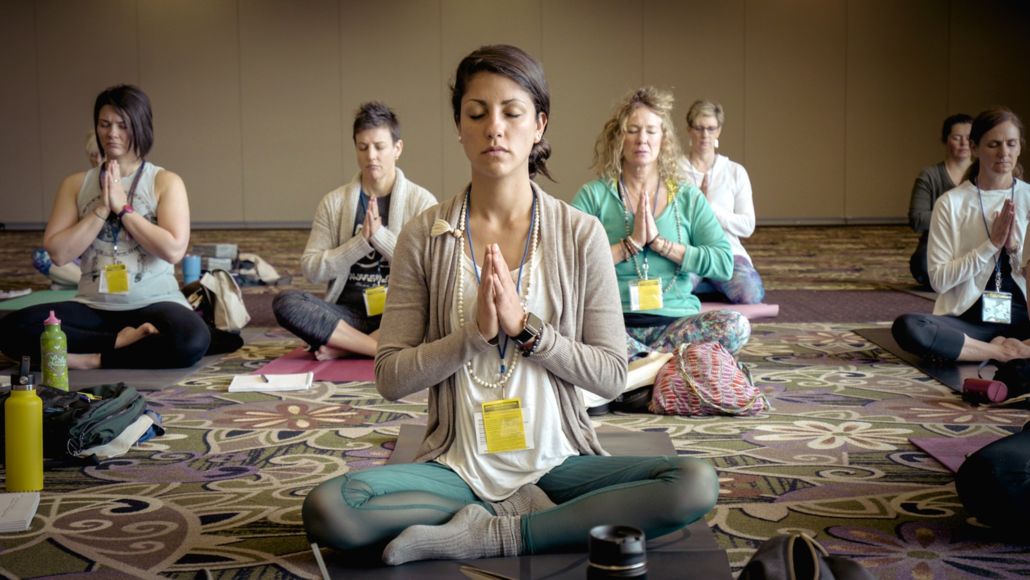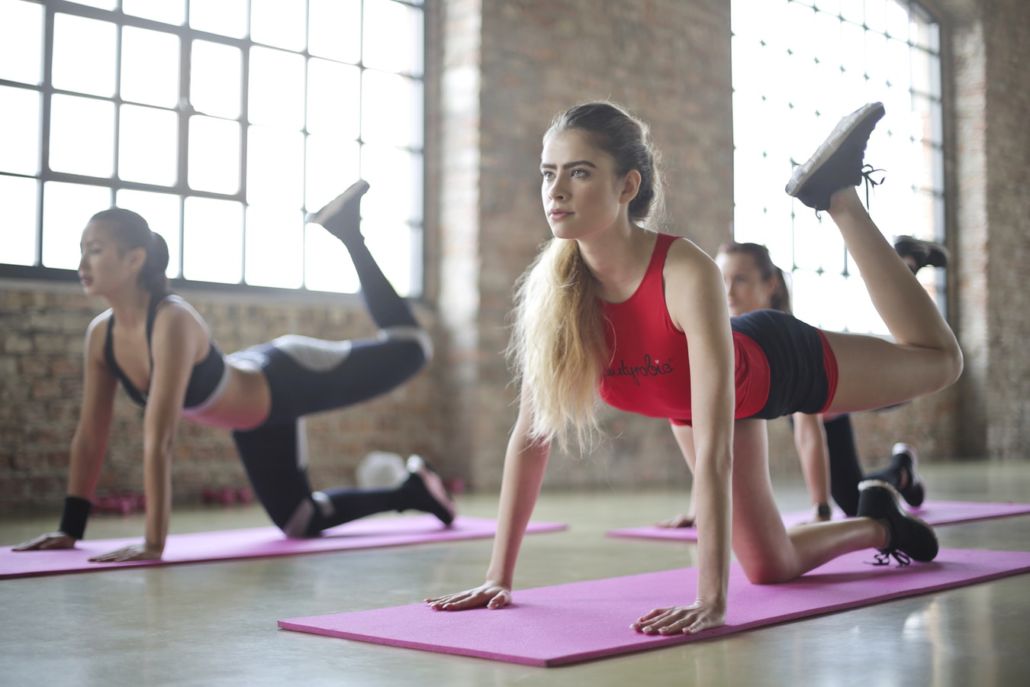Yoga is a mind and body practice. The practice of yoga dates as far as 5000 to 1000 years ago in Indian philosophy. It is derived from the Sanskrit word “yuj” which means to yoke, to unite, or to join. It is famous for the postures and poses that are incorporated in the practice. Although yoga is practiced as physical poses, the benefits of this include mental, spiritual, mental health and physical benefits.
Patanjali describes yoga with eight limbs that include Yamas, Nyamas, Asanas, Pranayama, Pratyahara, Dharana, Dhyana, and Samadhi. Traditionally, the goal of yoga in spiritual development is to unite ourselves to a higher level of consciousness.

Styles of Yoga
Hatha Yoga
A good introduction yoga for beginners, it is a slow-paced yoga that combines the practice of yoga postures called Asanas and controlled breathing or Pranayama. It also includes most styles of yoga and is called the yoga of balance.
Ashtanga Yoga
A fast-paced yoga practice, it is also called Power Yoga as it is a very physical type of yoga. It involves a set of poses or sequences that are always done in the same order. There are 6 series or sets in this yoga and the difficulty increases.
Iyengar Yoga
The poses used in the practice of this yoga is held longer which allows intense focus on the detail, accuracy and perfecting the poses and breathing. It also uses props like belts, bolsters, chairs, blankets, and yoga blocks.
Vinyasa Yoga
A breath-synchronized movement in yoga. The movements involved in the poses are matched to breathing. It is recognized as a smooth way of doing Asanas or poses. It also incorporates different styles of yoga and is considered a popular contemporary style of yoga.
Kundalini Yoga
It also synchronizes the movements to breathing. The goal of this yoga is to allow the energy in the lower body to move upwards. It has repetitive movements and involves call-response chanting in a class. This Pranayama is influenced by Shaktism and Tantra schools of Hinduism.
Bikram Yoga
Also called Hot Yoga as it is yoga done in a room with high temperatures. A yoga was designed by Bikram Choudhury in 1970. It is composed of twenty-six poses of yoga and two breathing exercises.
4 Categories of Traditional Yogic Breathing
- Abdominal breathing / Diaphragmatic breathing – deep and long breathing that focuses on the abdomen or diaphragm. It expands and squeezes the stomach during inhalation and exhalation.
- Clavicular breathing – breathing that expands the upper part of the lungs and the clavicles.
- Thoracic breathing – breathing that focuses on the thoracic cage, which expands during breathing.
- Yogic breathing – best suited for doing medication as it the combination of all three of the breathing categories above.
How To Breathe In Yoga
Always follow the instructions given by your instructor. Follow the poses in order and make sure to breathe properly as you do each pose. Here are the 5 breathing guidelines you can follow during your yoga practice.
- Inhale air during a movement or pose that opens the front body. These poses may include raising the head or arms, backbends, or forward stretches. Inhalation expands the chest and abdomen.
- Exhale air when the movement or poses involves condensing the front body. These poses may include bending forward, bending sideways, or twists which restricts the chest and abdomen from expanding.
- Do not move when holding breath after breathing in. The holding of breath is one of the techniques in practicing yoga. Only hold the breath after inhaling while holding a pose. Holding the breath temporarily can help prolong the effect of the inhalation.
- Only move when holding breath after breathing out. Only move from a pose after exhaling. This will also help prolong the effect of exhalation.
- The breath should be used as a guide to movements in the practice of yoga. It should be done naturally and effortlessly, which will make breathing completely comfortable while doing different yoga poses.

The Practice of Pranayama
Pranayama is a breathing technique used in yogic traditions. It is a formal practice of control breathing in yoga for the benefit of your entire body. It came from the Sanskrit words “Prana” which refers to the vital energy or breath and “Ayama” which means to expand or to control. This involves different breathing techniques and is beneficial to both the body and the mind. Doing proper breathing while practicing yoga allows the vital energy to be transported throughout the body through the channels called Nadis.
Here are 5 of the most common Pranayamas:
1. Ujjayi Pranayama
Also called the Ocean breath as the sound produced while practicing this Pranayama resembles the sound of the ocean. It is a diaphragmatic breath that commonly used with Asana practice.
2. Kapalbhati Pranayama
Also called the Skull Shining breath, it is considered as the most effective breathing exercise for removing toxins in the body and clearing the Nadis or energy channels.
3. Bhastrika Pranayama
Also called the Bellows breath, it helps to increase the energy of the body by producing heat and stoking the inner fire of the mind and body.
4. Kumbhaka Pranayama
-Or breath retention, it can be an Antara Kumbhaka which is the retention of breath after inhaling or Bahya Kumbhaka which is the retention of breath after exhaling.
5. Bhramari Pranayama
Also called the Humming Bee breath, it is calming pranayama that helps relax the mind. It is named as such because it creates a sound that resembles the humming of the bees.
Conclusion
In any styles in regular practices of yoga, it is important that the individual who practices it knows how to breathe properly.. Breathing in a deliberate and intentional way is the essence of yoga. It allows the individual to access the subtle energy inside our body. Breathing correctly during a yoga practice allows the body to concentrate and become present. When breathing is done smoothly, it can be used as a rhythm for the movements and poses. Yogic breathing practices you may be able to enhance the size of your lungs and improve your respiratory endurance.
Not breathing properly during yoga has consequences and adverse effects. The airways can get tighter which will make it difficult for the air to flow in the body. This can also lead to the nervous system becoming imbalanced. Since breathing is an important part of our lives, it can positively or negatively affect our body. Incorrect breathing also prevents the body from transporting oxygen properly in our body which could affect the brain, heart, and muscles.
